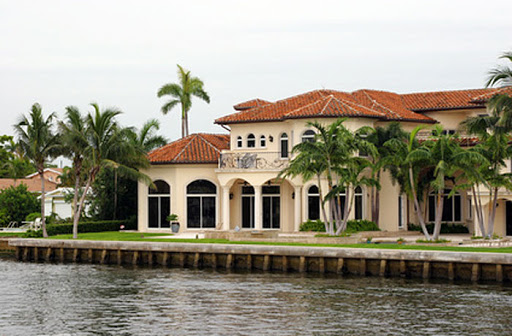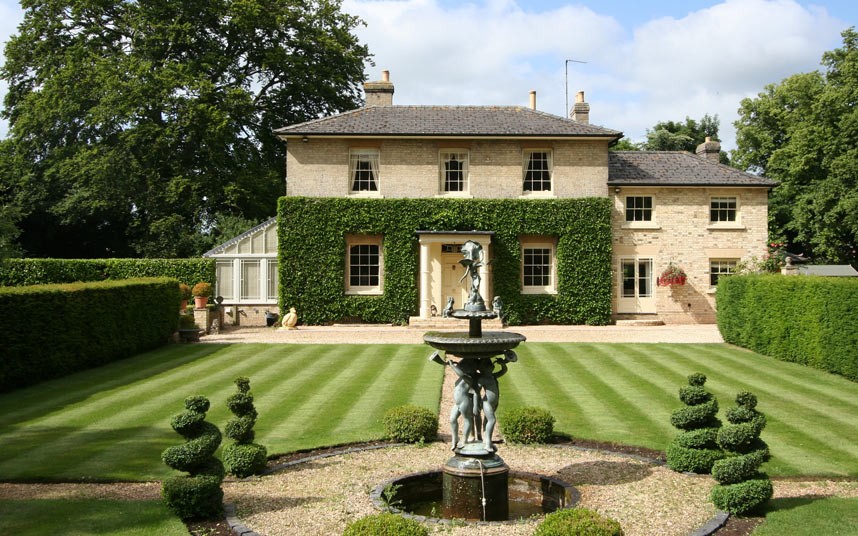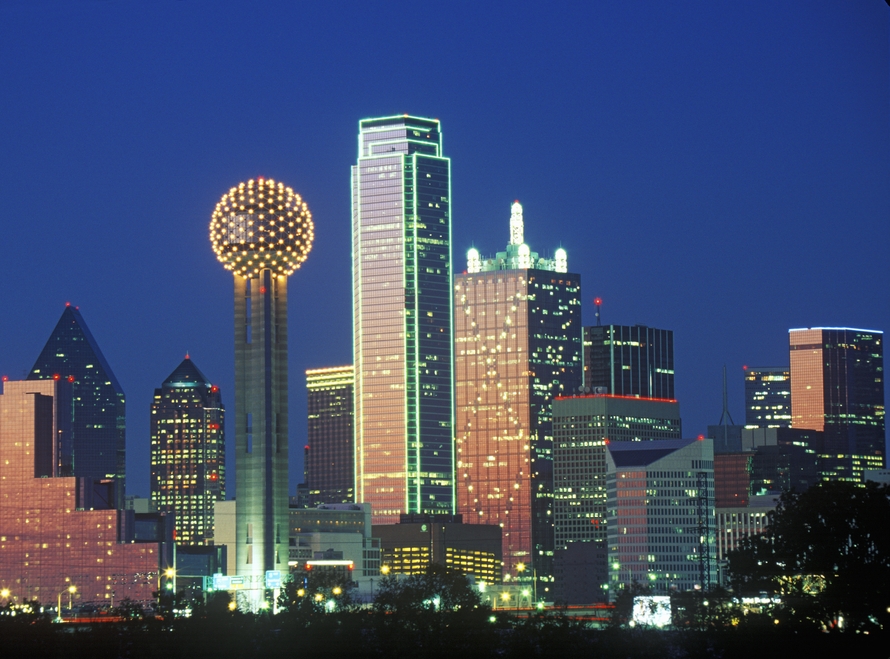“Spring is the time of plans and projects.”
~Leo Tolstoy in Anna Karenina
Did you know March used to be the beginning of the year? It was, until 1752, when we transitioned from the Julian calendar to the Gregorian calendar. Maybe our ancestors were on to something; it seems odd to begin our year in the dead of winter, the darkest season. We haven’t even put away the holiday garland when we’re expected to lay out our intentions for the new year on Jan. 1.
Wouldn’t you like more time to think through ideas and plans for the coming months? To more carefully consider the possibilities? Besides, sages have always told us to make no decisions “in the low times” and that seems like good advice. It seems that Spring is the real season of new beginnings. March comes at the waning end of winter and –if we were honest—it is the month we actually begin preparing for the year to come. Until then? We’re mostly in a holding pattern.
Daylight savings time means more light in the evening and an overall lifting of spirits. Now that we’re no longer hunkered down in the dark of winter, our days can wind down later, giving us more time to be with our families and friends—and the motivation to be more productive. Although a few last storms may hit, the certainty that warm weather is coming sustains us. Rebirth is around the corner, when fertile soil and April showers will bring a burst of beautiful, delicate-edged blooms in all colors of the rainbow.
And in our personal lives, we have an opportunity for the fresh start spring can bring on its official start day: the 21st of March. So here is the plan: wipe the slate clean every March 1. That’s when you’ll do the planning for the year. You will start thinking about your ideas for the new year on January 1, but you are not going to be in such a big hurry to set your intentions in stone. No, you’ll be planting your seeds in March, from here on out, hoping that the softer soil of spring will mean bigger and better blooms.
That’s why people go to Florida when they retire, their days of fresh starts and seed planting have come to an end, no Spring at all, just Summer, Summer, Summer and Summer to enjoy the fruits of all that seed planting. Spring is of course a good time for doing a Spring cleaning. Such a job could be bog or small depending how much junk and waste materials you want to discard. Some home owners even rent a Spring cleaning dumpster so they can remove a large qunatity of litter all at once.
This is a great idea to restart our year any time it works best for us. For people living in the desert southwest their new year is well on it’s way before most, but for others that isn’t always true. We planted our seeds last fall and our garden is actually on its last legs. It all depends on where you live. Of course we do love daylight savings so that is a consideration. But we can all start or restart whenever we want, right?
Even though people living in Los Angeles where it’s pretty much been spring or summer most of the time, (they only down to the 40’s a a couple times a year) we love the idea of beginning things in Spring. It’s our favorite time of year.




 It is common to hear people say that they are putting off the sale of their house because of the current state of the market. If you ask any good
It is common to hear people say that they are putting off the sale of their house because of the current state of the market. If you ask any good 